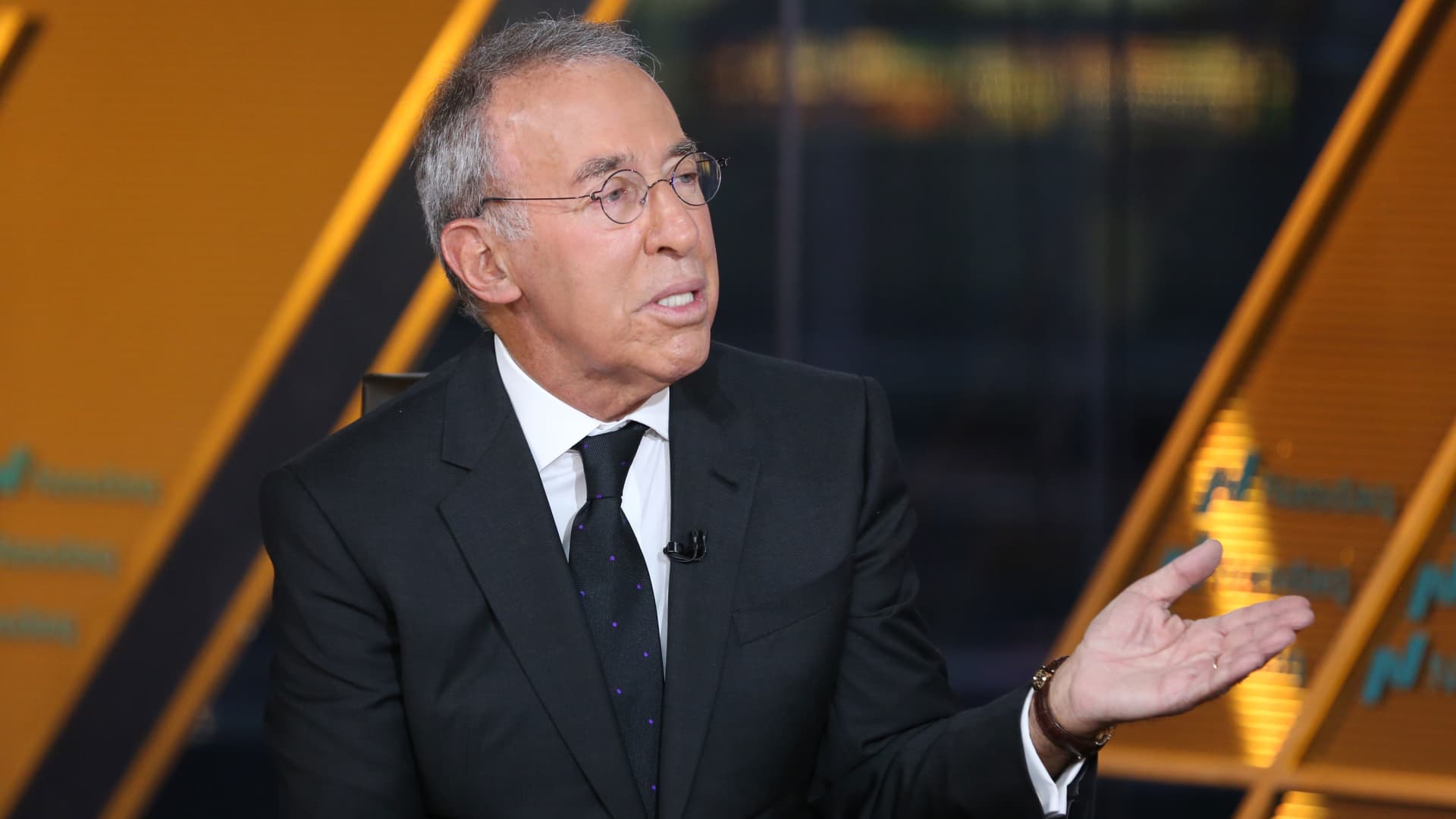CNBC Daily Open: Investors suffer from whiplash as AI stocks gyrate

Traders work on the floor at the New York Stock Exchange (NYSE) in New York City, U.S., Nov. 20, 2025.
Brendan McDermid | Reuters
U.S. stocks delivered one of their sharpest mood swings in months on Thursday.
The Nasdaq Composite ended down 2.16% after spending the morning stateside up as much as 2.6%. The wild swings from high to low (regrettably, not in the opposite direction) were also seen in the S&P 500, which lost 1.56% at the end of the day after reaching a high of 1.9%. The Dow Jones Industrial Average followed the same arc, closing 0.84% lower from an intraday rise of 1.56%.
Nvidia led the turbulence. Shares of the AI chip darling were up as much as 5% before tumbling from that peak to finish the session down 3.2%. Plotted roughly, the movement of other AI shares, including Oracle and AMD, traced similar paths, suggesting Nvidia CEO Jensen Huang’s rejection of the AI bubble narrative initially reassured investors, but their concerns couldn’t be repressed for long.
September’s U.S. jobs report also added to the market’s strain. Even though the data was so delayed that today’s economy could look very different from what it was two months ago, the numbers were much better than expected. That further dampened expectations of a rate cut, with traders increasing their bets that U.S. Federal Reserve officials will hold interest rates in December, according to the CME FedWatch tool.
Investors now find themselves contending with stretched valuations and one fewer rate cut on the horizon. Holiday optimism is still on the calendar, but the timeline for cheer to set in looks less generous than hoped for.
What you need to know today
U.S. stocks fell as AI stocks tumbled again. Major indexes closed in the red on Thursday stateside in a volatile day of trading. Asia-Pacific markets tumbled Friday, tracking Wall Street’s losses. SoftBank shares plunged more than 10%.
The U.S. added 119,000 jobs in September. That’s sharply higher than the Dow Jones consensus estimate of 50,000. Unemployment rose to 4.4% from 4.3% in August, the highest in almost four years.
Japan announces $135 billion stimulus. The package aims to tackle inflation, boost the economy and strengthen defense, reported NHK on Friday. Separately, Japan’s core inflation in October hit a 3-month high, while its exports the same month massively beat expectations.
Singapore raises its GDP forecast. The Ministry of Trade and Industry estimated that Singapore’s economy will expand around 4% in 2025, higher than its earlier forecast of 1.5%-2.5%. Authorities cited resilient economic conditions globally for the increase.
[PRO] A ‘storm brewing’ in UK investment trusts. Activist investor Boaz Weinstein thinks there are opportunities because of valuation mismatches — and has revealed two of his plays in this space.
And finally…
Jensen Huang, chief executive officer of Nvidia Corp., during the US-Saudi Investment Forum at the Kennedy Center in Washington, DC, U.S., on Nov. 19, 2025.
Stefani Reynolds | Bloomberg | Getty Images
Nvidia had a blowout quarter. But analysts warn the real AI bubble risk lies elsewhere
While Nvidia’s earnings are widely viewed as an important gauge of the AI industry’s health, some analysts warn that its performance doesn’t tell the whole story.
Analysts who spoke to CNBC drew a line in the sand between AI chip companies, such as Nvidia, and downstream players, including hyperscalers and firms building AI models. “The concern is about companies raising a lot of debt to build data centers,” said Gil Luria, head of technology research at D.A. Davidson.
— Dylan Butts









